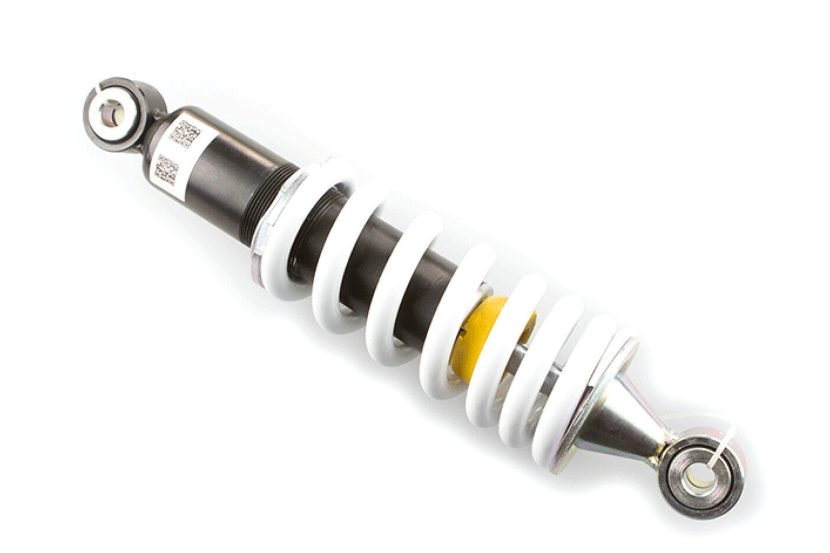Shock absorbers are devices in your car’s suspension that dampen and prevent the springs in the suspension from moving up and down to give you a comfortable and smooth ride. Kinetic energy is vital in this situation because the aim is to turn the extra motion as a result of the movements into different kinds of energy and, in this case, heat energy.
There’s a hydraulic fluid in the housing, which enables the shock absorbers to achieve damping. The role of the fluid is to provide the necessary drag and resistance, making the absorbers move a larger amount of “fluid” than the springs above them. This effect produces a sequence of movements that maintains a quality ride that is good for the driver as well as the passengers travelling in the vehicle.
The shock absorber works with the strut, which is usually a rod with a spring, shock, and a strong frame that helps support the vehicle’s weight.
Where Are Shock Absorbers Located?
There are shock absorbers on every corner of your vehicle, which is because all the car wheels, in the four corners of the vehicle, experience movements, and there needs to be a shock absorber to ensure the ride is safe. Different wheels usually experience varying movements, at least in most cases.
Shock absorbers function as one component in a multi-unit system referred to as the vehicle’s suspension. The absorbers are cylindrically shaped to connect them with the vehicle’s axles. The springs surround all of them, and then the wheel is linked to it all with the help of the wheel hub.
The Types of Shock Absorbers
The primary function of all absorbers is to control the movement of the vehicle while in contact with the road surface. Car makers have different requirements for designing vehicles hence shock absorbers can operate in different ways. Apex suspension shocks provide excellent performance with both on and off-road.
What Happens If They Don’t Work?
Since shock absorbers work with the struts and springs as part of the suspension system, they may not work correctly when they can’t receive road shocks and turn that energy to heat. There are three symptoms of failed shock absorbers – sounds, visual cues and the ride quality of the vehicle. If the vehicle seems lower than the usual ride height, that could mean there are problems with the absorbers, so it should be checked to avoid more damage. Another observation is that the vehicle produces bangs and clunking sounds when crossing bumps on the road.
Depending on the kind of suspension in the vehicle, an unusually rougher ride quality will be experienced when the shock absorbers and the suspension don’t work well together to control the quality of the ride.
There are a few things to consider when dealing with wear and tear in shock absorbers.
Conventional shock absorbers are simple and are positioned in the front and back suspension systems. Replacing these types of absorbers when worn out is advisable, as repairs may not rectify the situation.
Strut-type absorbers usually replace sections of the suspension system and must be rugged to handle massive road forces. These shock absorbers are mostly used in medium passenger vehicles and can be repairable or sealed. The sealed units are found in luxury cars, whereas the repairable ones, usually referred to as McPherson struts, come with replaceable strut cartridges.
Spring seat shocks work like both the strut-type and telescopic shock absorbers. A spring seat shock is a damping device and suspension unit in one system. These ones can’t handle heavy weights like struts. Moreover, they come fully sealed, and one can’t repair them in case of a problem, and the only solution would be to replace the whole thing.
